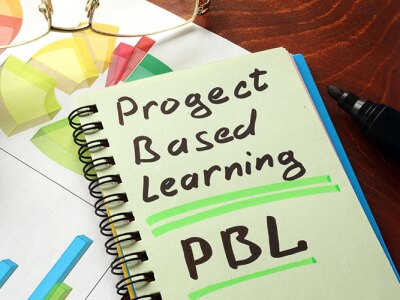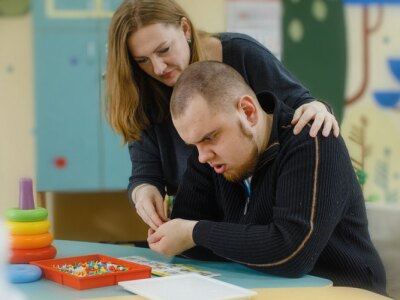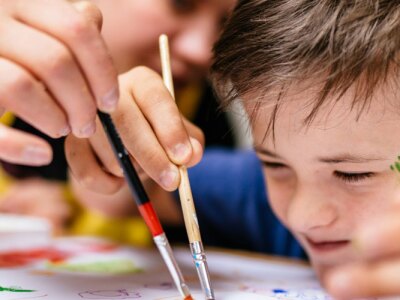KU Online Education Graduate Programs Blog
Learn how leveraging the right technology can boost engagement and support better outcomes for ESL students in any learning environment.
Explore cutting-edge curriculum design that blends tech to create engaging lessons and equip learners with real-world skills.
Explore methods to create inclusive school cultures that respect diversity, encourage equity, and cultivate a sense of belonging for all students.
Enhance curriculum with project-based learning that drives engagement. Learn how to build real-world skills and make meaningful experiences.
Explore data-driven decision strategies for education leaders to boost student achievement, optimize resources, and foster continuous improvement.
Discover effective strategies for building school-community partnerships. Learn how leadership, collaboration, and engagement drive true educational success.
When Pariya Rojtanongchai joined the University of Kansas online master's in high incidence disabilities program, she brought with her an uncommon perspective: that of a former corporate lawyer making a deliberate career transition to special education.
Discover how mastering education policy and school governance empowers educational leaders to drive change and improve learning outcomes.
Learn how empowered educational leaders create positive environments, boost student achievement, and align staff with shared goals.
Explore leadership strategies for experienced teachers, examine effective leadership styles, and learn how to measure the impact of your leadership in this informative post.
Explore the legal landscape in education and how it affects educational administration.
Read about the history, challenges, and contemporary issues surrounding multicultural education in the United States.
Explore types of RRBs and their impact on quality of life, effective interventions for both home and school settings, and better ways to support individuals with ASD.
Learn about communication barriers in autism, early detection and speech delays, and effective therapies.
Explore autism spectrum disorder, including its characteristics and challenges and the benefits of raising awareness.
In this post, we explore key signs of autism spectrum disorder teachers can watch for, the importance of early diagnosis, and strategies to support students with ASD in the classroom.
Learn about the leadership skills and other qualities that educational administrators must possess to succeed—and grow—in their field.
Learn about the roles and responsibilities that educational administrators fulfill, from strategic planning to community engagement and staff development.
Explore the benefits of multicultural education for fostering inclusion and understanding among students.
Learn about the unique needs of people with ASD as they make the transition from childhood to adulthood.
Dive into groundbreaking strategies at the important intersections of the Science of Reading, UDL, Explicit Instruction, and special education with KU's renowned faculty.
Discover how specialized interests and strengths play a crucial role in CIE (competitive integrated employment), creating a workplace culture that celebrates diversity.
Explore educational administration at KU SOE. Discover effective leadership principles for transformative impact.
Explore the rewarding special education job opportunities that are available to those with the right qualifications and experience for today's educational trends.
Learn more about the key responsibilities of educational administrators and what skills they need to do their jobs well.
Discover the incredible advantages of multicultural education and master the best strategies for bringing it to life in your classroom.
Discover what a special education teacher does and how you can obtain the education needed to become one.
Deepen your understanding of the key trends and issues in educational administration that are currently shaping the field of education.
Discover the stories of perseverance, innovation, sports legacy, and academic excellence that have shaped the University of Kansas into the prestigious institution it is today.































